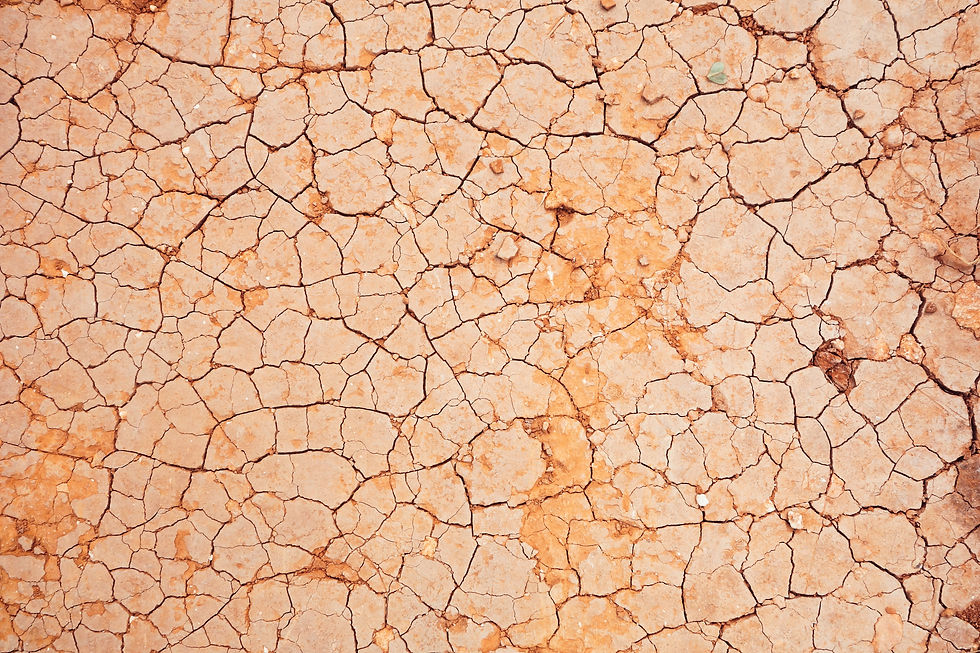Microbes that clean statues and eat plastic
- brittneyborowiec
- Aug 24, 2021
- 2 min read
By: Emily Lind, Queen's University

When we think of domesticated life forms, farm animals or pets are the first things that come to mind. Did you know that humans have also been domesticating microbes for thousands of years?
Microbes are tiny lifeforms like bacteria, algae and yeast. Humans have historically used microbes to produce bread, yoghurt, cheese, soy sauce, wine, and sake, but it wasn’t until the 19th century that we began to understand how they worked. Now, thanks to advances in gene sequencing and protein discovery, scientists are selectively growing bacteria to solve problems like art conservation and plastic waste.
Recently, experts found a bacterium, Serratia ficaria SH7, which can safely clean marble statues without damaging them. This bacterium is safe for humans and was used to clean Michelangelo’s statues. S. ficaria eats the grime and grease coating the statue. Once the dirt is gone, it dies without leaving a trace. S. ficaria was a great alternative to chemical cleaning agents, which could have damaged both the statues and the human cleaners. Similar bacteria could be used instead of chemicals to clean other delicate works of art.
Bacteria aren’t just useful for art conservation. They are also being used to help break down plastic. In 2016, Japanese researchers discovered Ideonella sakeiensis, a bacterium which can eat PET plastic. The problem was that I. sakeiensis doesn’t eat fast enough to get through the mountains of plastic being produced. However, scientists were able to find the proteins I. sakeiensis used to break down plastic, and engineered a new super enzyme that can work six times faster. Further lab-generated mutations and selective growing of plastic-eating bacteria may eventually lead to an environmentally friendly plastic disposal method.
Another type of microorganism, algae, is being researched as a source of bioplastic. Algae bioplastic would be very environmentally friendly because algae can recover wastewater and consume carbon dioxide. This means that growing algae for bioplastic would help clean up the environment. One example of algae plastic is a water bottle created by Ari Jónsson using red algae. The bottle retains its shape when full of water but starts decomposing once empty.
Microorganisms evolved on the planet 400 million years ago and have been helping people for thousands of years. It will be interesting to see what other problems humans can solve by further domesticating these tiny critters.
Edited by participants of the 2021 Science Writing Internship program and B.G. Borowiec. Header photo from Unsplash.



Comments